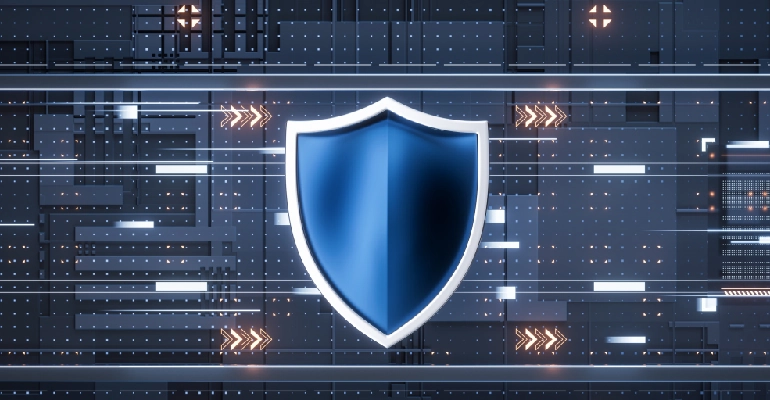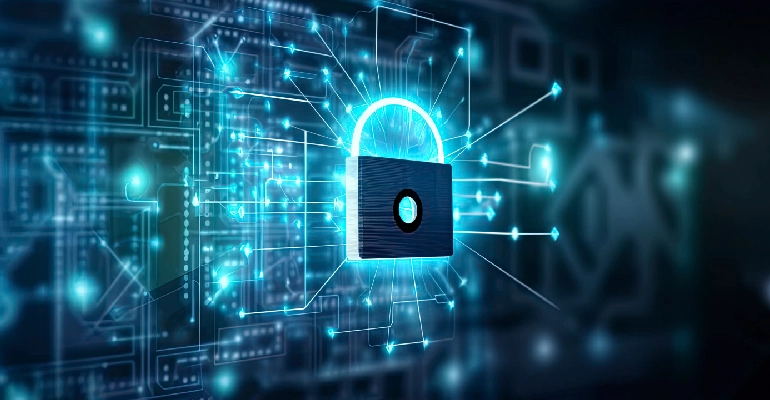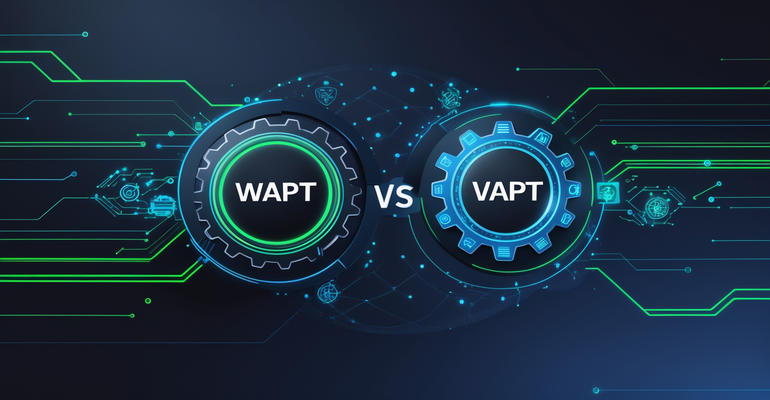
From on-prem servers and cloud instances to routers, databases, and endpoints, every component is a potential entry point for cyber attackers. That’s where infrastructure security testing comes in — a proactive process that digs deep into your digital environment to uncover vulnerabilities before threat actors can exploit them. Whether you’re a startup scaling fast or an enterprise managing complex IT ecosystems, understanding and implementing infrastructure security testing is key to protecting sensitive data, ensuring compliance, and maintaining business continuity.
In this blog, we’ll break down what infrastructure security testing really involves, what components it covers, why it’s mission-critical, and how to get started the right way.
What is Infrastructure Security Testing?
Infrastructure security testing focuses on the organization’s IT assets to identify gaps which could lead to weaknesses within the system. Cybercriminals could exploit weaknesses in the network, servers, databases, endpoints and applications. Infrastructure security testing is vital for every organization.
Components Covered in Infrastructure Security Testing
Top Reasons Why Infrastructure Security Testing is Essential
Nowadays, businesses are heavily relying on IT infrastructure to store, process, and transmit sensitive data. Cybercriminals are constantly looking for weak points to exploit, making infrastructure security testing a crucial part of any cybersecurity strategy. Here’s why it’s essential:
1. Identifies vulnerabilities before cybercriminals do
In the event of cyber threats, there is always an expectation of rapid progression within the business networks and scope of infrastructure. Identifying security gaps within the cloud, servers, databases, and network is a must for cyber attackers. The security testing measures taken serve to find:
By identifying and fixing these weaknesses before cybercriminals can exploit them, businesses can prevent breaches, data theft, and financial losses.
2. Protects sensitive business and customer data
Data breach consequences can prove to be extreme, the worst being trust based losses. Infrastructure security testing can help avert these failure states enabling powered safeguarding mechanism of:
Using robust testing mechanisms to control access to sensitive information allows businesses to block, unauthorized, data breaches.
3. Ensures compliance with industry regulations
A multitude of businesses possess stringent cybersecurity rules and compliance requirements that need security evaluations to be done on a frequent basis. Consider the following regulations:
Testing infrastructure security makes sure that companies have these barriers so that they do not suffer losses or face lawsuits.
4. Strengthens cloud and hybrid security posture
The move to hybrid and cloud systems presents additional security issues, which only amplifies as more businesses adopt these models. Infrastructure security testing aids in:
With better management of cloud related security risks, businesses can widen their use of the cloud while still safeguarding their resources.
5.Defends against insider and external threats
Risks facing any system come both internally and externally. Infrastructure security testing assists in minimizing:
With the implementation of continuous monitoring and penetration testing, businesses can prevent unauthorized access, network misuse, and internal sabotage from occurring.
6. Maintains business continuity
A cyberattack, data leak, and system failures can lead to operational paralysis and loss of revenue. Through infrastructure security testing, we can ensure business continuity by
Businesses can defend their reputation, revenue, and ensure seamless operations by strengthening their infrastructure and multi-layered security.

How to Get Started with Infrastructure Security Testing
Infrastructure security testing helps organizations identify vulnerabilities, assess risks, and fortify their systems against potential cyber threats. Here’s how you can get started:
Steps to conduct infrastructure security testing:
1. Identify Critical Assets and Potential Threats
Finding the boundaries that require protection is the first step towards infrastructure security testing. Recognize important assets like servers, databases, networks, and cloud site areas. Determine possible dangers such as malware, hacking, or insider threats and the degree to which they may pose danger to your infrastructure.
2. Perform Vulnerability Assessment and Penetration Testing (VAPT)
Assessing vulnerabilities helps identify security gaps within the infrastructure while penetration testing provides simulated real-life attacks to assess system resiliency. A full VAPT process entails:
- Exploiting unpatched software and misconfigurations expert scouting.
- Ethically leveraging control security-exposing vulnerabilities to test them.
- Reporting along with suggested removal actions towards resolving findings.
3. Analyze Findings and Prioritize Fixes
Once the gaps have been recognized, address them in the order of importance based on the severity, ease of exploitation, and potential effect on business continuity. Reducing risks greatly depends on prioritizing high exploitable vulnerabilities.
4. Implement security patches and improvements
Updating interfaces merits the application of security controls through the suggestion of configuration change. Enforce information network architecture restriction based personnel, disable unnecessary ports, apply encryption, and construct use of firewalls and intrusion detection systems (IDS).
5. Conduct regular security audits and monitoring
Security is an endless cycle. Regular reviews help authenticate the level of security in place and using Security Information and Event Management (SIEM) systems enables monitoring of breaches along with fast reactions to highlighted issues.

Choosing the right cybersecurity partner for testing
Choosing a cybersecurity partner is arguably one of the most important choices to make for your cybersecurity infrastructure as it could make or break the success of your infrastructure security testing. The best partner goes beyond simply listing vulnerabilities. They capture pervading issues, aids in understanding risk posture, prioritizes what needs to be fixed, and guides on how to improve the overarching security approach.
Here’s what to look for:
Proven Experience and Expertise
Choose a partner with a proven track record in infrastructure security testing. It is very important that the partner has worked in diverse environments, be it on-prem, cloud, or hybrid, and across various industries. This should be a requirement for organizations with stringent compliance protocols.
Tip: Request for similar project references or case studies.
Certified security professionals
Always make it a point to verify the credentials accompanied with the respective positions. Tested professionals (OSCP, CEH, CISSP, etc) advocating recognized standards such as OWASP, NIST, PTES, indicate a positive and ethically bound accomplishment.
Comprehensive testing approach
Your cybersecurity partner should offer more than just vulnerability scanning. They should perform in-depth penetration testing, risk assessments, configuration reviews, and provide actionable insights — not just raw data.
Clear and actionable reporting
Alongside all the info mentioned, a good partner provides comprehensive reports that details out:
- Vulnerabilities found and their ratings.
- Documented business impact.
- Detailed document outlining corrective actions with stepwise instructions.
Compliance and regulatory knowledge
Your business has specific regulations, such as GDPR, HIPAA, or PCI-DSS, and your partner needs to apply those standards to their testing approach.
Post-engagement support
Tests have to be revised and redone to refine and improve repairs for found vulnerabilities to find gaps in existing defenses, and a dependable partner will help with repeating tests.
Conclusion
Infrastructure security testing is a critical component of modern cybersecurity strategies. By proactively identifying vulnerabilities, ensuring regulatory compliance, and strengthening security measures, businesses can protect their assets, maintain customer trust, and





